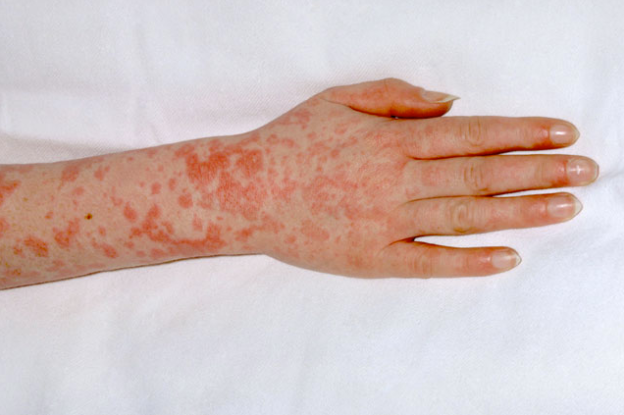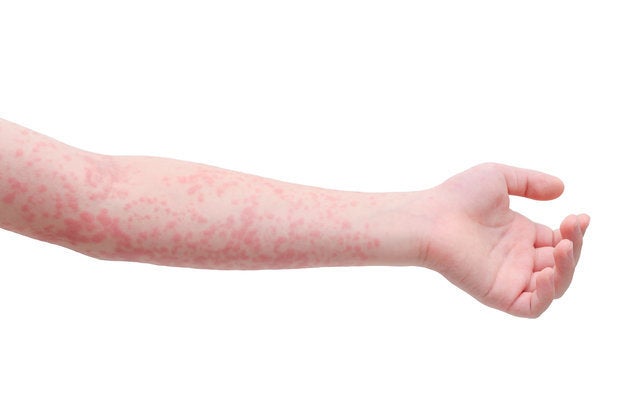
Scarlet fever cases are on the rise in the Scottish Borders, according to the NHS Borders Health Protection team, prompting calls for parents to keep a lookout for symptoms in children.
The team issued a statement on November 7 saying they are witnessing “unseasonably high numbers” of scarlet fever in the community.
Levels of scarlet fever are typically low during the autumn and early winter, and tend to reach the highest levels in March and April.
Parents are now being asked to be vigilant of the signs and symptoms so that early treatment with antibiotics can be given.
The condition, sometimes referred to as “scarlatina”, is a bacterial infection that most commonly affects children between the ages of two and eight.

Scarlet fever is caused by the group A strain of the streptococcus bacteria. The infection enters the body through the throat, which is where symptoms begin.
NHS Choices states that generally, scarlet fever is much less common than it used to be, but in recent years there have been a number of significant outbreaks.
Signs and symptoms of scarlet fever
Scarlet fever’s main symptoms include a sore throat, headache and fever with a characteristic sandpapery, fine, pinkish or red rash.
NHS Choices states a high temperature (38.3C/101F or above), flushed cheeks and a swollen tongue can also be signs.
A rash is likely to appear one or two days later than the sore throat and headache. It usually occurs on the chest and stomach before spreading to other areas of the body, such as the ears and neck.
“The rash may be itchy,” the website states. “On darker skin the rash may be more difficult to see although its rough texture should be apparent.”
When to seek medical advice
Scarlet fever usually clears up after about a week, but if you think you or your child may have it, please contact your GP for a proper diagnosis and appropriate treatment.
Due to it being so contagious, if you or your child has the illness, you should stay at home for at least 24 hours after starting treatment with antibiotics.
NHS Choices states: “Your GP should be able to diagnose scarlet fever by examining the distinctive rash and asking about other symptoms.
“They may also decide to take a sample of saliva from the back of the throat so it can be tested in a laboratory to confirm the diagnosis.”
If your child is infected, aim to keep them away from others as much as possible, including taking them out of school or childcare.
Make sure they don’t share anything they have come into contact with, such as utensils, cups, towels and sheets – and wash these items thoroughly after use.